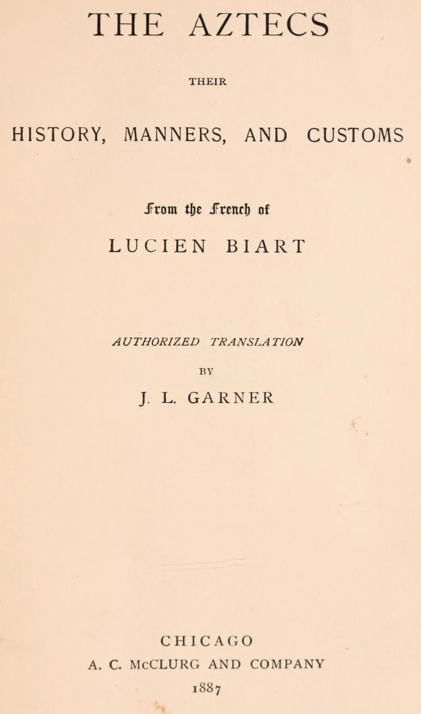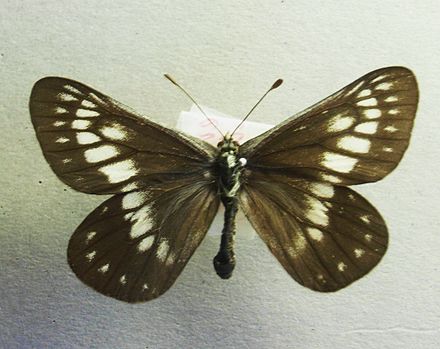"Silk and Fine-twined linen" of "very costly apparel"
"And now, because of the steadiness of the church they began to be exceedingly rich, having abundance of all things whatsoever they stood in need...and abundance of silk and fine-twined linen, and all manner of good homely cloth." (Alma 1:29) 90 BC
“And it came to pass…that the people...began to wax proud, because of their exceeding riches, and their fine silks, and their fine-twined linen, and…their gold and their silver, and all manner of precious things…they began to wear very costly apparel.” (Alma 4:6) 85-87 BC
----------------------
For the Book of Mormon to claim that pre-Columbus ancient people had "silk" or anything that would be “as fine as the linen of Holland”, in the 1830's, would be and is still by some today considered preposterous.
----------------------
"Thousands of graves have been opened and from them have been taken the most beautiful finely woven cloths made of wool, cotton and artistic workings of gold, silver, copper, precious stones of various kinds. These earlier ancient people were unquestionably a more advanced people, advanced and “masters in all trades”. (A. Hyatt Verrill' p. 183-195)
----------------------
 << The Aztecs... Published in 1887
<< The Aztecs... Published in 1887
"Weavers were numerous in the empire of Moteuczoma; they supplied the place of wool with cotton, that of silk with feathers and rabbit-skins, hemp and flax with the fibre, [fiber], of several kinds of palms. In spinning they used spindles of terracotta. With cotton thread they wove cloth as fine as the linen of Holland, cloth which they dyed and ornamented with designs in various colors. With feathers and cotton they manufactured a fabric as soft to the touch as it was agreeable to the eye, which was used for mantles and blankets." (The Aztecs, Their History, Manners, and Customs, by J. L. Garner, 1887, p. 283)
----------------------
"The type of silk with which we are familiar has not been found, other types of “silk” were known in the ancient New World. The Spanish reported several kinds of “silk.” One kind of silk was spun from the hair of rabbit’s bellies, another may have come from a wild silkworm, and yet a third came from the pod of the ceiba tree. Spanish chronicles report that types of “silk” were spun and woven in Mesoamerica before their arrival." (Bruce W. Warren and Thomas Stuart Ferguson, The Messiah in Ancient America (Provo: Book of Mormon Research Foundation, 1987), 133.)
----------------------
<< Silk making Moth used by the Aztecs.
"At the time of the Spanish conquest, natives in Mexico would gather cocoons from a type of wild silkworm and spin the thread into expensive cloth. People in the Yucatan would also spin the silky floss from the pod of the ceiba tree (or silk-cotton tree) into a soft, delicate cloth called kapok. The silky fiber of the wild pineapple plant was also prized in tropical America, yielding a fine, durable cloth. The Aztecs made a silk-like fabric using hair from the bellies of rabbits. Some cotton specimens excavated at Teotihuacan, dating to A.D. 400, have been described as even, very fine, and gossamer-thin. As for linen, the flax plant from which the cloth is made was apparently not known in ancient America. However, several fabrics that look and feel like European linen were woven from native plants. The yucca plant and the leaves of the ixtle (agave plant) both yield fibers that make fine, linen-like cloth. A cloth made by stripping bark from the fig tree, soaking it, and pounding it also has some of the characteristics of linen." (John L. Soreson, An Ancient American Setting for the Book of Mormon, Fair Mormon) . And (Ensign April 1992)
....
.........................
-----
